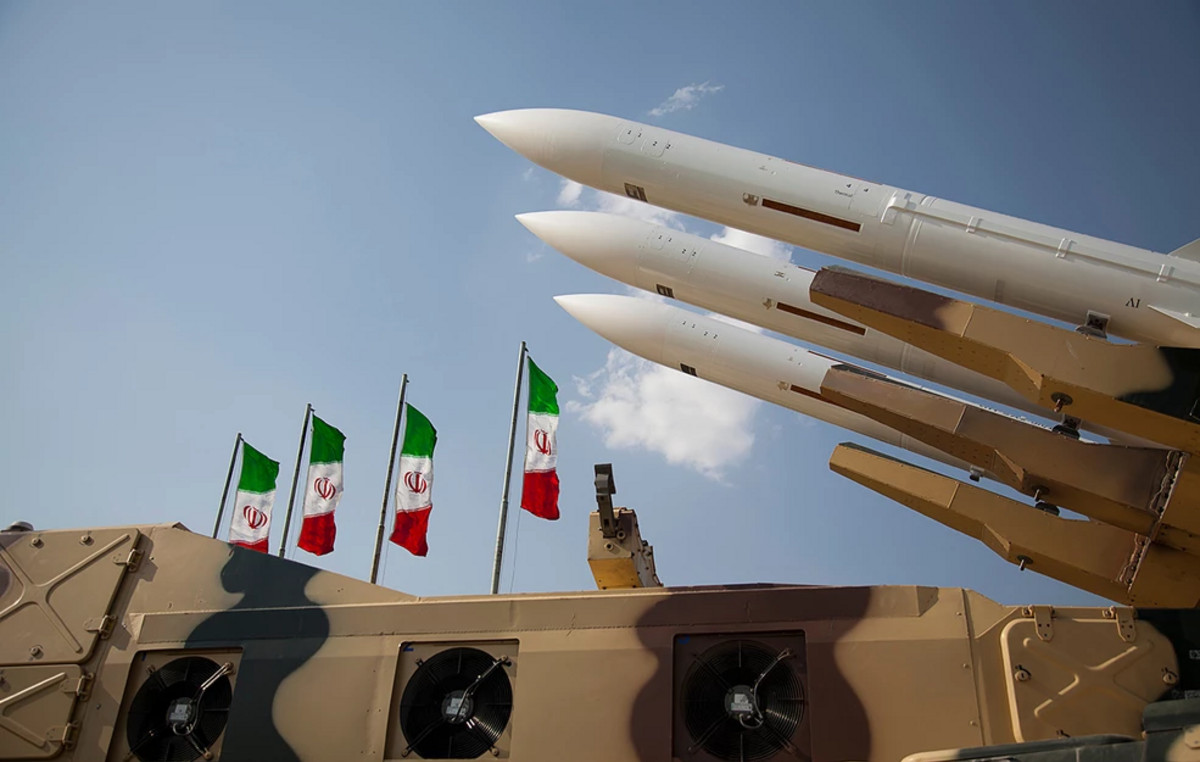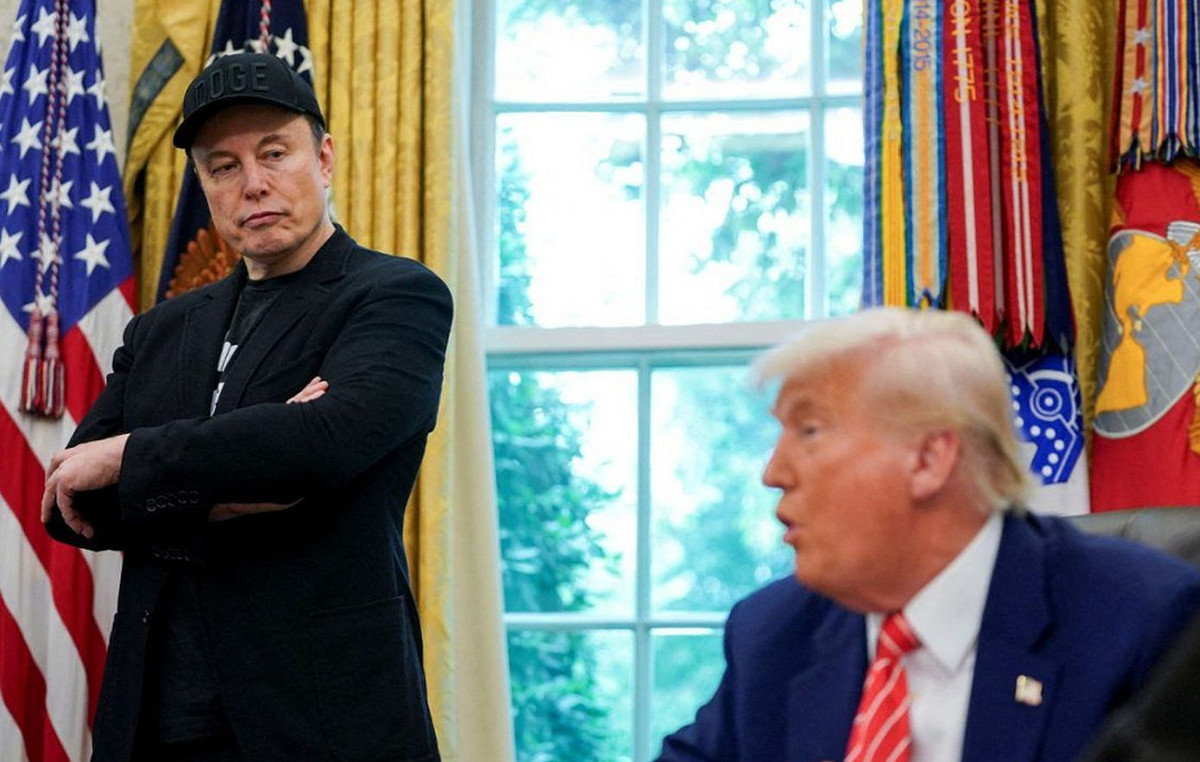This week, Russia defaulted on its foreign debt for the first time since the Bolshevik revolution after it failed to pay interest on two bonds during a 30-day grace period that expired on Sunday.
But to put the event in context, we don’t need to go back to 1918. Instead, we can look to 1998.
This is the year Russia defaulted on ruble-denominated bonds, triggering a “Moscow meltdown” that infected markets across the world.
Fast backwards: In August 1998, after years of upheaval following the fall of the Soviet Union, the Russian government defaulted on its local debt and devalued the ruble.
The move has wreaked havoc in Russia, driving up inflation, causing an economic contraction and triggering bank failures.
Emerging markets took a hit and US investors panicked, especially when news of the impending collapse of hedge fund Long-Term Capital Management arrived in September.
This time it was different. On Monday (27), global markets barely reacted. Here’s why.
we saw it happen
The news that foreign investors did not receive about $100 million in interest on Russian government bonds came as no shock.
In fact, it was widely anticipated after half of Russia’s foreign reserves were frozen and the US Treasury ended a sanctions exclusion that allowed US bondholders to be reimbursed by Moscow.
The European Union also made it more difficult for Moscow to meet its debt obligations earlier this month by sanctioning Russia’s National Clearing Depository, the country’s agent for its foreign-currency bonds.
The market was bracing, with existing bonds collapsing in value to pennies on the dollar. In the eyes of many investors, a default has already occurred. Credit rating agency S&P called it a “selective default” in April because it offered payments to bondholders in rubles, not dollars.
“Russia probably defaulted in March and April,” Timothy Ash, emerging markets strategist at BlueBay Asset Management, told me.
Investors are more isolated
Foreign investors have drastically reduced their exposure to Russia since 1998. The process accelerated after sanctions linked to Russia’s annexation of Crimea.
“Geopolitical risks around Russia have been increasing since 2014,” Ash said.
Global emerging markets have also grown dramatically over the past two decades, and Russia’s relative weight has shrunk. This reduces the fear of contagion from the country’s economic crisis, although it is always a risk.
The turmoil is showing up in other ways
Global markets may not be shaken by the pattern. But they responded to the war in Ukraine, which raised food and fuel prices and fueled decades-long inflation.
This forced central banks to more aggressively withdraw support from the economy, creating angst on Wall Street. Traders are now obsessed with how quickly the Federal Reserve and its counterparts like the European Central Bank will be forced to raise interest rates.
The tightening of financial conditions from such policies needs to be carefully managed and is the main reason why the S&P 500 has fallen into a bear market, losing more than 20% from its recent peak.
The CNN Business Fear & Greed Index remains deep in “fear” territory after producing an “extreme fear” reading a week ago.
Source: CNN Brasil
I am Sophia william, author of World Stock Market. I have a degree in journalism from the University of Missouri and I have worked as a reporter for several news websites. I have a passion for writing and informing people about the latest news and events happening in the world. I strive to be accurate and unbiased in my reporting, and I hope to provide readers with valuable information that they can use to make informed decisions.





